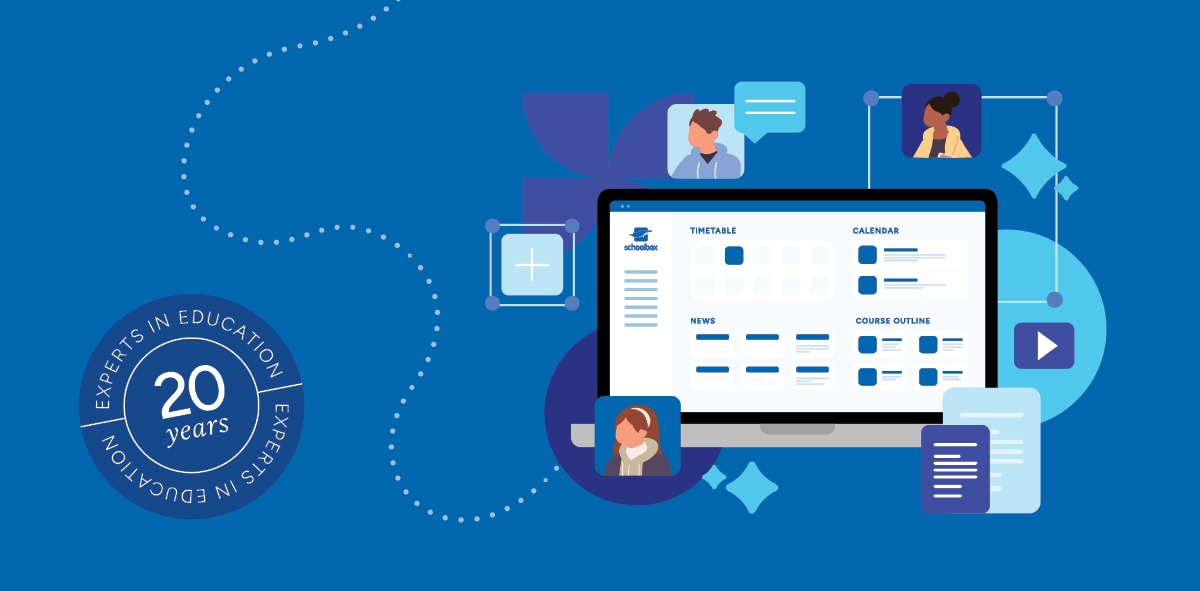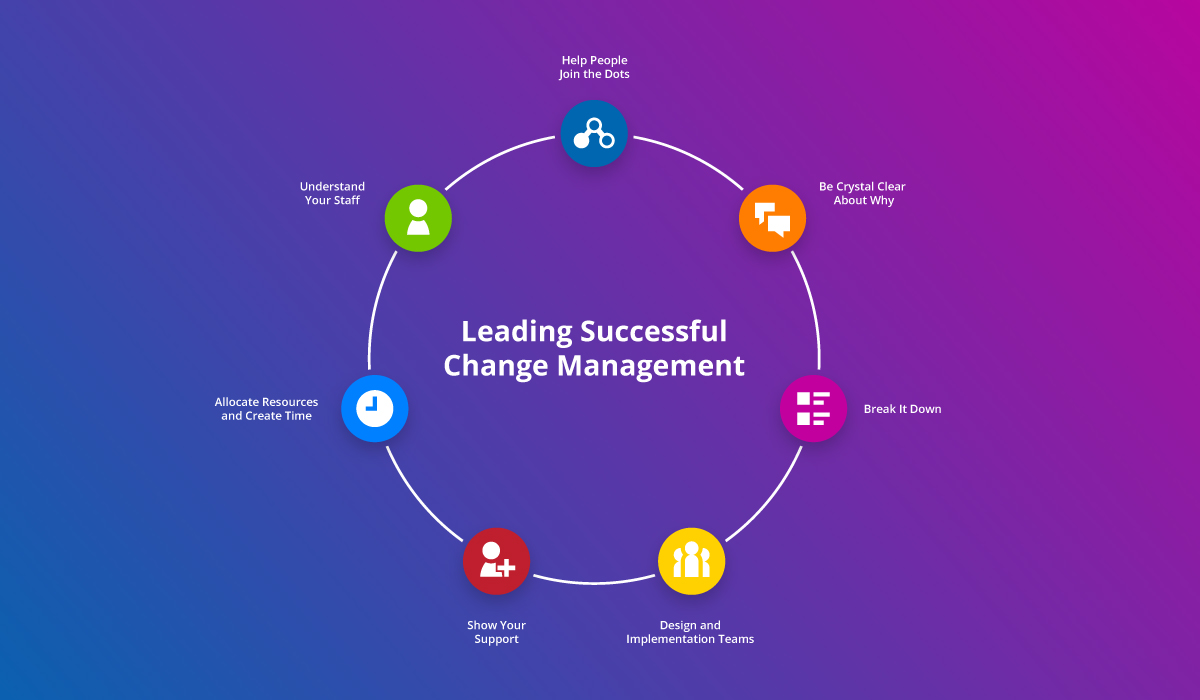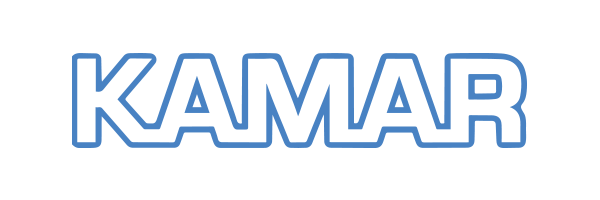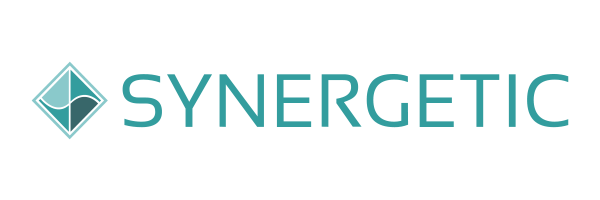Student empowerment means giving students the ability to not only have a voice and share their thoughts and ideas, but to believe that their voice can lead to positive change.
Empowerment is closely linked to self-efficacy and agency. Self-efficacy is the belief that ‘I’ am in control of ‘my’ life and this can have a positive influence on the surrounding environment and extend to include politics and society. Agency then refers to the capacity of individuals to act independently and make their own choices.
Consistent across both of these definitions is the focus on action. Action takes the learning from the classroom and school and puts it into practice to create change for that individual and our world.
Why empower students?
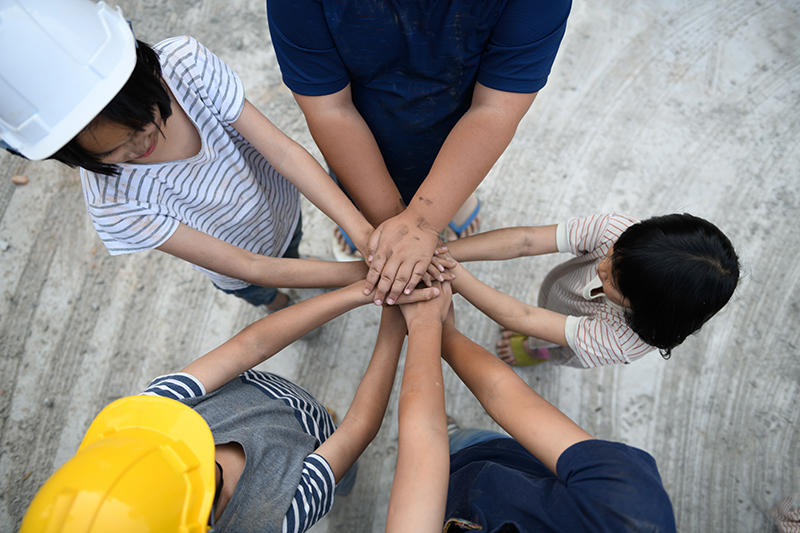
Creating empowered students builds a sense of identity, individual duty and community. A sense of duty creates young people who have themselves but also their community in mind. This creates both capable and open-minded individuals, who have a sense of civic duty and global understanding. Identity further allows young people to form and understand their own beliefs and values. Finally, empowered students are more likely to find a sense of pride in their school.
Importance of empowering students to learn beyond the classroom
Empowering students beyond the classroom provides them with the necessary skills to address the needs of an ever-changing world. Students with the ability to transfer their skills developed inside the classroom to new environments helps them tackle new situations with confidence.
Extracurricular activities for K–12 students
Extracurricular activities give students a variety of avenues to be empowered outside of the classroom. They also allow the student to develop new skills or develop in areas beyond academics. For example, students may find they have a passion for writing blogs, which may create opportunities for them to become journalists and photographers in their school. Other students who don’t excel on the sport field, but are great communicators and leaders, may seek opportunities beyond the playing field such as coaching or as referees. Let’s take a look at how extracurricular activities can be facilitated at your school, from school initiatives to clubs and events.
Student Council
Student councils operate in most schools globally. The way elections are held and the running of these differs from school to school, however the underlying idea of the council being a voice for all students runs throughout these collectives.
Using an all encompassing learning management system (LMS) and engagement portal like Schoolbox can increase student voice by integrating the council with their own pages and emails. Further, you can incorporate direct emails, anonymous ballots, voting on ideas, suggestion pages, student competitions and publish findings such that the entire student body can be seen and heard.
This approach to communication builds inclusivity and a strong sense of shared ownership within the student collective and is accessible to all students, regardless of age.
School Clubs and Interest Groups
With Schoolbox rolled out across the whole school, your students may wish to create Clubs that provide students with instant access to schedules of events and activities. The photography club in the school could access sport fixtures or cultural activities easily by finding the times and locations on the school intranet.
By allowing the students access to this information at their leisure, they are empowered to decide on what will be researched and photographed. They may also liaise with the team leader or teacher in charge, simultaneously building communication skills. By giving the students this voice to decide what and where to be, we not only increase their engagement and voice but empower them to be leaders in their field.
School Events
When producing a school performance, there are many elements and groups which need to be informed of the overall progress of the piece.
A school musical, for example, has a cast, a band, lighting, sound and backstage crews, set design, the list goes on. Even amongst the cast, there are many sub-groups. If a student misses a rehearsal, it is hard to find time to catch them up on the choreography.
By providing access to a central system like Schoolbox, student groups pages provide a central, secure location where filmed choreography or scenes can be uploaded directly from their phones. The ability to share quickly and easily amongst the ensemble on a school portal page allows students to be more empowered in the process. This also drives inclusion for those students who may need extra time solidifying the moments outside of rehearsal.
Student leaders can upload and share and the cast can have a collective space, such as a forum where they may engage their peers for a variety of purposes. Using these systems means students take greater ownership of the activities with which they engage in, which in turn may lead to increased opportunities beyond the classroom.

Using extracurricular activities promotes and builds school pride and empowers students beyond their classrooms. And when an LMS is integrated into these activities, students can easily take ownership.
Utilising an LMS at school may also mirror what business and social enterprises look like, with regards to organisational structure and communication methods. As remote work has shown, the need to provide synchronous and asynchronous opportunities for staff, has led to increased autonomy of some workforces and the need to empower them to own their work.
In much the same way, an LMS may empower students to connect, communicate and engage more in new ways. In an ever-changing workforce environment, the ability to develop the skills necessary to navigate an uncertain world outside of the school setting has never been more important.
Looking for more resources to empower your students? Take a look below:

